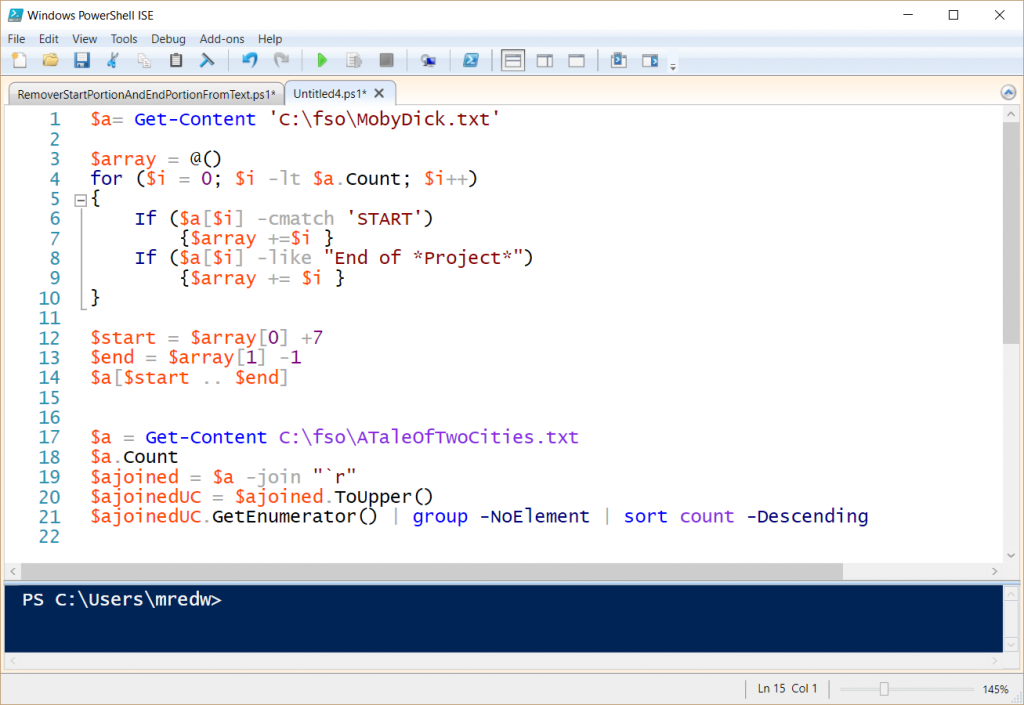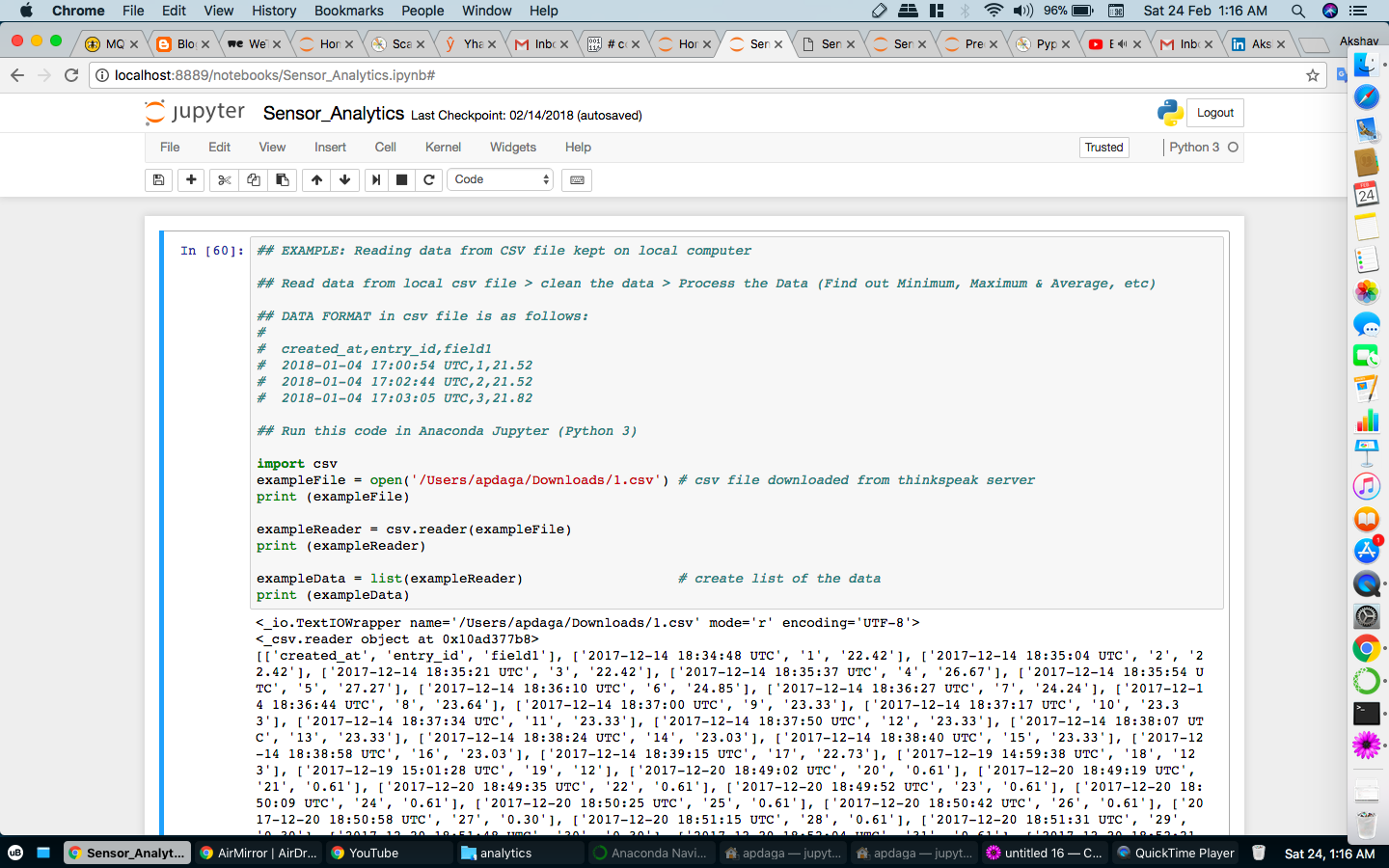


It fetch the line n, if it is been called nth time.

To read a file, you need to open the file in the read or write mode. One important thing to note is the file operations mode. Python offers various methods to read and write to files where each functions behaves differently.

The output of the following code will be = RESTART: /home/imtiaz/code.py = Text_file2 = open ( '/home/imtiaz/file.txt', 'r' ) print ( 'First Method' ) print (text_file ) print ( 'Second Method' ) print (text_file2 ) Text_file = open ( 'file.txt', 'r' ) #Another method using full location With that file object you can proceed your further operation. However, the open(filename, mode) function returns a file object. Suppose, we place a text file name ‘file.txt’ in the same directory where our code is placed. This is is because Windows differentiates between a binary text file and a regular text file. ‘r+’ : This mode indicate that file will be open for both reading and writingĪdditionally, for the Windows operating system, you can append ‘b’ for accessing the file in binary.‘a’ : This mode indicate that the output of that program will be append to the previous output of that file.If file containing containing that name does not exists, it will create a new one ‘w’ : This mode indicate that file will be open for writing only.‘r’ : This mode indicate that file will be open for reading only.The first one is the file name along with the complete path and the second one is the file open mode.īelow, I’ve listed some of the common reading modes for files: The open() function in Python accepts two arguments. You can open files using the open() method. The first step to working with files in Python is to learn how to open a file. Open a file in Python with the open() function So, let’s explore some of the Python file operations here. Since Python is a majorly used language for data science, you need to be proficient with the different file operations that Python offers. When working with large datasets in machine learning problems, working with files is a basic necessity. Why are file operations in Python needed? We will also learn some useful operations such as copy file and delete file. Take input from that file / Write output to that file.To do so, we need to maintain some steps. That means, we will read from and write into files. Now, we will be taking input using a file. In the previous tutorial, we used console to take input. We’ll go over how to use Python to read a file, write to a file, delete files, and much more. In this tutorial, we’ll work on the different file operations in Python.


 0 kommentar(er)
0 kommentar(er)
